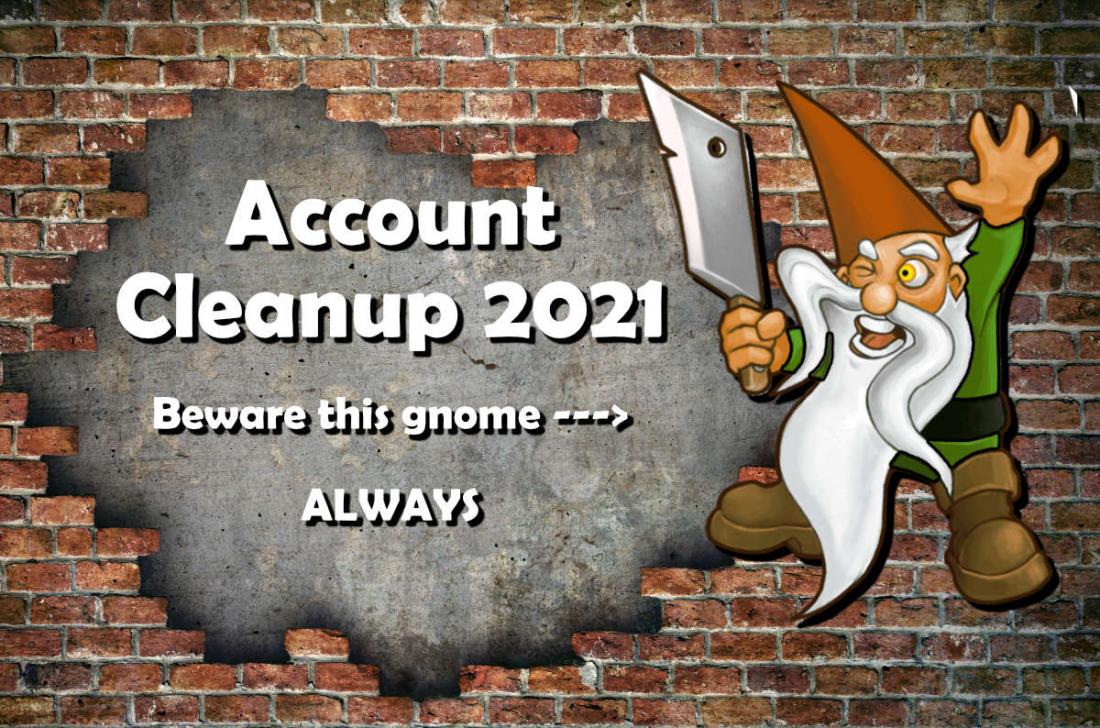
In older editions of D&D, there were checks for the monsters’ morale. If a certain percentage of the monsters were killed or incapacitated, then they’d have to roll to see if they surrendered or tried to flee the scene of the battle. This could also be triggered if their leader (or a high enough percentage of leadership) was killed or incapacitated.
Honestly, I shouldn’t even be using the word “incapacitated” in this context because we all know that the monsters PCs faced were either alive and dangerous or dead and rotting. There wasn’t a whole lot between those two statuses way back in the day. Regardless of whether a monster was dead, bleeding out, unconscious, held, paralyzed, or whatever, if enough of them were removed from the fight, then those still standing might randomly run away. If the GM wanted to, he could roll a morale check for each individual or sub groups or the whole collection of monsters. This could mean that some ran while others cowered while others surrendered and the rest fought on to a bloody end. This morale system was a hot mess back then. I’m glad it has largely got the way of the dinosaurs.
A Litany of Questions
- Why did D&D even have such a weird (by today’s standards) mechanic in the game?
- Shouldn’t the DM decide who does and doesn’t run away?
- Shouldn’t the actions of the PCs impose a check for fear or intimidation?
- Shouldn’t there be some role playing in the midst of battle instead of relying on the dice for everything?
- Shouldn’t there be some guidance in the monster book or DM’s guide or the adventure to tell the DM what might trigger fear in a certain type of monster or what kind of situation would cause the monsters to flee?
A Touch of History
The classic morale check comes from the wargaming roots of the original D&D. Having troops get shaken or disrupted or scared or whatever mechanic the wargaming roots used bled into the earlier iterations of D&D. This was a natural extension of Chainmail and other wargaming efforts of the day, so those players that transitioned from wargaming to roleplaying took the morale checks in stride. As the game evolved away from the wargaming roots, things like morale checks faded away. (Author Side Note: I wish alignment would “fade away” as well, but alas… we can’t always get what we want.)
A Quick Alternative
Prior to a combat starting, determine a percentage of monsters remaining that will trigger flight. Also determine a lower percentage that will trigger surrender. You’ll also want to establish what special conditions will cause flight and/or surrender. This can be things like loss of a leader, loss of a spell caster, loss or destruction of whatever the monsters might be defending. Then again, loss of a beloved leader might inspire the monsters to seek revenge upon the PCs and nullify any flight or surrender motives they might have.
Minimal Prep
These kinds of decisions don’t require lots of preparation. All you really need is a little foresight into what the monsters might do in certain situations. While you’re doing your “pre-combat thinking,” you’ll also want to consider that not all monsters will flee from certain scenarios. It’s also a consideration that monsters might not surrender. If there are young, or a homestead, or a base, or a sacred object, or any number of other important motivations that the monsters are defending, they may not flee. However, if those same monsters are raiding what they think are “easy targets” that turn out to be competent warriors, the monsters might flee that situation in order to return and pick on those easy targets another day.
Do Some Role Playing!
The decision to flee or surrender might not involve numbers or dice or percentages or anything along those lines. While in the midst of the fight, take into consideration if the PCs have presented any abilities, powers, or actions that might induce fear into the monsters. If so, then have them flee, even if they’ve only lost a few members of their group.
If the PCs are intentionally attempting to intimidate the monsters and those actions are played appropriately, then flight or surrender might be the way the monsters go. Make sure you understand the goals of the PCs that are attempting an intimidation attempt. Do the PCs want the monsters to flee? Do they want them to surrender? These are different outcomes, and the PCs might end up with a different outcome than their intent. It all depends on how the intimidation role playing happens and, perhaps, what the dice rolls indicate should be the outcome.
Also, if a group of monsters have an inherent fear (or hatred) of magic or the supernatural, then this can flavor how the monsters react to a magical display. In these situations, it’s best to know the general capabilities of your PCs, their habitual responses to danger, and what the monsters might do to react to these responses. Just a touch of forethought into these angles can help you run a smoother combat, a more seamless conclusion to the combat (other than everyone on one side dying), and amp up the role playing situations that can arise in the midst of conflict.
Conclusion
Morale is gone from the game. (Is alignment next? One can hope!) However, this doesn’t mean that monsters (and other NPCs) can’t or won’t flee. It just needs to be thought about and considered more carefully than a simple “morale check” die roll from the olden days. This does shift the burden a little more onto the DM’s shoulders, but I’m okay with this shift. These “newer” and different approaches allow for more dynamic interactions between the NPCs and PCs in and out of combat situations.

















Hey! I liked morale! And I like alignment! Lay off! :p
As usual, great article. I like that a little forethought can turn fights from fight to the death slogs to routs and survivors can then regroup and repopulate other areas, ambush the PCs later, carry a grudge for years, the like.